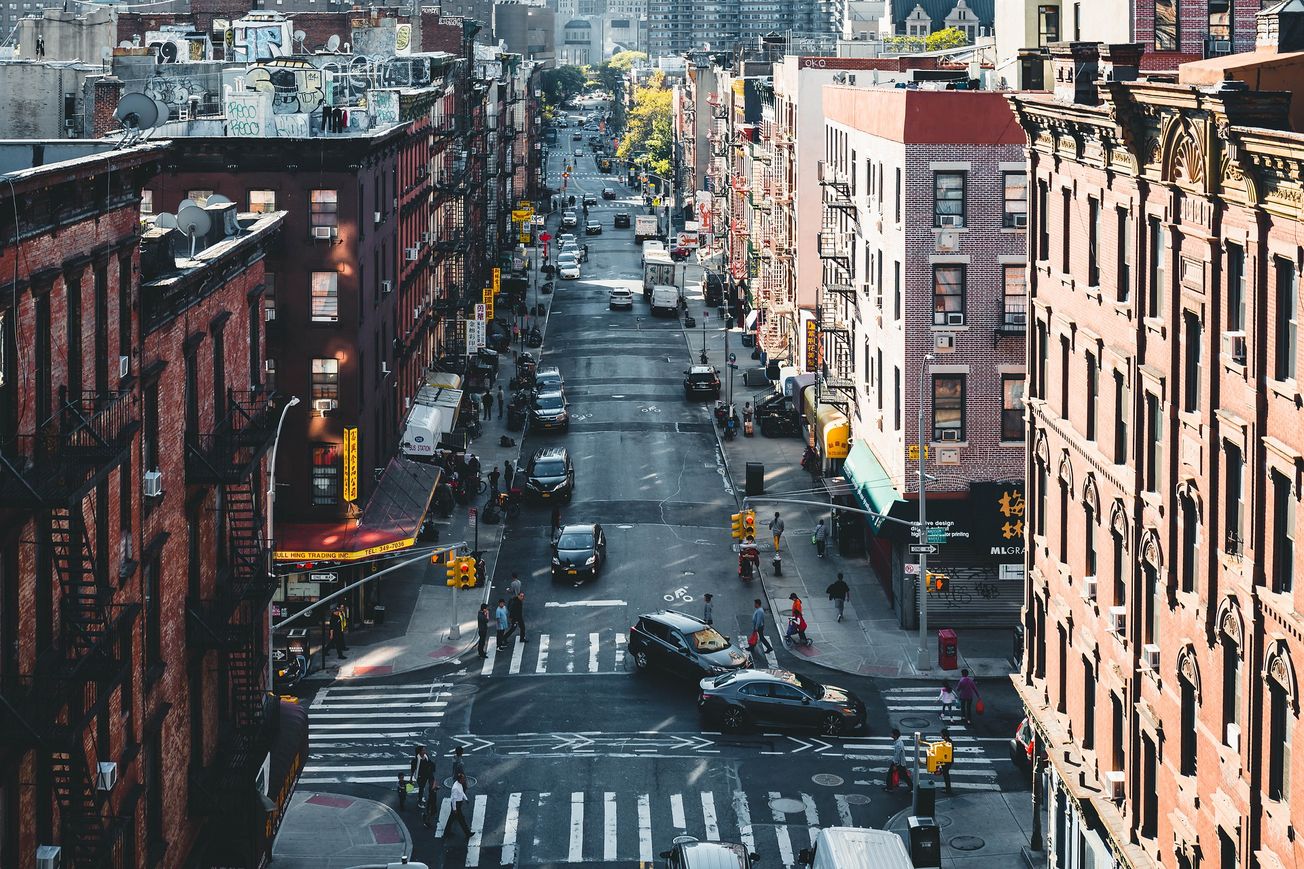Once upon a time, New York City was actually a small settlement of Native American tribes. However, it soon became a hotspot when Europeans first colonized America due to its waterside location. Let’s explore the history of New York City and find out how it became the urban wonder that it is today.
Native American Roots
The original settlers in the area, now known as New York City, were part of the Lenape people, an indigenous group who lived across North America and Canada. They used the waterways in the area for fishing, hunting, and trading. Interestingly, the paths they forged in the land are still used today, such as Broadway in Manhattan, the Bronx, and Westchester. Prior to Europeans coming to North America, historians estimate that there were around 5,000 Lenape people living in approximately 80 settlements. It wasn’t all peaceful; they occasionally went to war with one another.
They called the area Lenapehoking, and many descendants from the Lenape people now live in Oklahoma, where they were forced to migrate when European immigrants came to New York City and colonized the area. They bought a piece of a reservation from the Cherokee, and have remained there ever since.
First European Settlers
The Lenape were still in New York City (or Lenapehoking) when the first European settlers arrived. The first was reportedly Giovanni da Verrazzano, an Italian who oversaw a French ship who encountered the Lenape in 1524 and left, calling the place New Angoulême.
Nobody returned until 1609, when a British man, Henry Hudson, sailed up the Narrows in search for a western route to Asia. He didn’t find it, but he did find a lot of beaver, which was fashionable in Europe. The Dutch established fur trading posts in New York City, and in 1624 the first set of Dutch immigrants landed on the southern part of Manhattan. They created Fort Amsterdam and began shipping slaves over to the New World for labor.
It didn’t take long before the English came over, but the initial Dutch settlements continue to influence the names of various areas of New York City today. Haarlem became Harlem, Brooklyn was inspired by Breukelen, and Flushing comes from Vlissingen. One building from this time remains in New York, Wyckoff House, which was built in 1624. It is New York City’s oldest building and is open as a museum.
In 1664, the English arrived, and New York City officially received its current name (after the Duke of York). Immigration increased and people came over to settle in the New World, with the city expanding to 1,000 settlements. By 1703, almost half of the settlers in New York City were slaves brought over for labor and construction.

The American Revolution
A series of laws and high taxes instituted by the British caused dissent across North America. From 1765 to 1791, America rebelled against the United Kingdom, and New York City was an instrumental location in the ensuing battlefields. In November 1776, the British won the Battle of Fort Washington, and New York City became a stronghold for the British for the remainder of the war.
During this time, the city became the location where the British held their prisoners of war, keeping them in ships in Wallabout Bay, Brooklyn. These were called "floating dungeons" or "ghost ships." It is estimated that 11,500 Americans lost their lives on board the prison ships. Conditions were dreadful, overcrowding was rife, and up to 12 men died per day aboard the disease-ridden vessels.
The Americans won the war, and the British left in 1783, leaving only grisly memories behind. New York City became the national capital of the United States in 1789, although it only held the accolade for one year.
Immigration led the population to skyrocket, and in 1835 New York City became the largest city in the United States.

Irish Immigration
The Great Irish Famine of 1845 changed the course of New York City forever. In the 10 years that followed, almost one million Irish immigrants went through the New York City ports, making up almost a third of the population by 1855. The sudden influx led to the development of new neighborhoods, public schools, and the New York City Police Department.
This impacted the city's geography, developing new businesses and districts, and creating various political influences. At the time, New York City natives did not welcome the Irish with open arms; in fact, there was fear that the Irish immigrants were dangerous and threatened the white American-Protestant way of life.
Even when the famine ended, due to the exorbitant amount of Irish families already settled in New York, more continued to come over.

Creating Central Park
As the population grew, there became a need for city parks—green spaces where people could escape from the noise and enjoy nature. Accordingly, when outlining the plan for the Manhattan street grid, they designed a massive park that would take up the center of the city: Central Park. The site itself was home to various small settlements, including Pigtown, Seneca Village, and a convent at Mount St. Vincent’s Academy. The designs drafted in 1868 included a reservoir, lake, carriage concourse, and playground for children.
Engineers had to remove five million cubic feet of soil and rocks away from the land, while transporting thousands of cubic yards of topsoil imported from Long Island and New Jersey to create the space. Notably, 20,000 laborers helped construct the park by building fences, draining the land, and leveling terrain.
The park was officially completed in 1876 and was visited by many of New York City’s middle-class and working-class citizens who lived near the area. It became the place to be.

Forming the Modern City of New York
New York City grew exponentially thereafter. The city continued to prosper, and the modern City of New York was formed in 1898, turning the city into the place we know today. This action saw Brooklyn become part of New York—it had been its own city across the river—and saw Queens, Manhattan, and the Bronx defined as separate boroughs.
The New York City Subway opened in 1904, allowing residents to travel to places such as Coney Island or Broadway for only five cents, and offering people easy access to travel around the city. The 1930s saw many of the city's iconic buildings constructed, even in the aftermath of the Great Depression. Massive projects such as the Chrysler Building, the Empire State Building, and 30 Rockefeller Plaza were all constructed during the decade, built in an art déco style and changing the skyline of the city forever.






